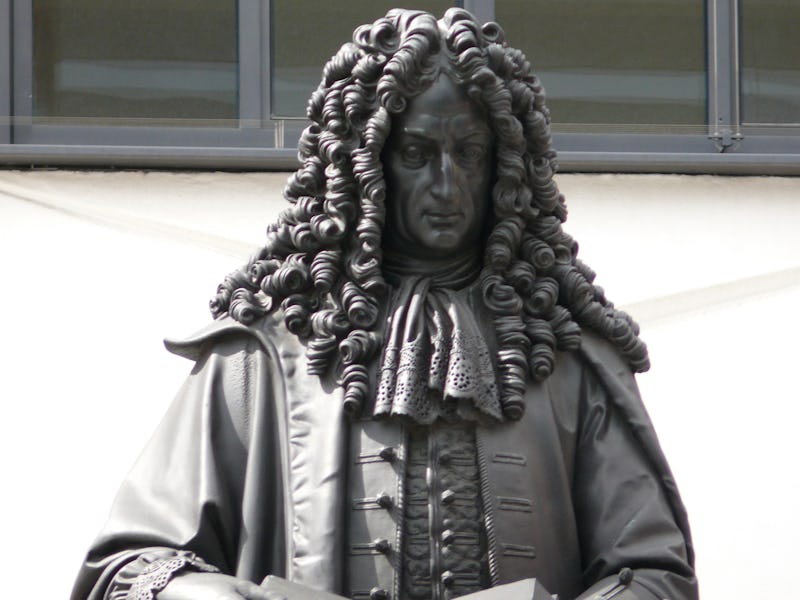Gottfried Wilhelm Leibniz: How the ‘I Ching’ Inspired His Binary System
The 5,000-year-old text struck a chord.

While Gottfried Wilhelm Leibniz’s work has influenced centuries of technological innovation, his own influences included Chinese philosophy and divination manuals recorded as early as 1000 BC.
On Sunday, Leibniz’s 372nd birthday was honored with a Google Doodle. The 17th-century philosopher and mathematician developed the binary number system that is still being used today, but his approach to writing in binary code made direct references to the hexagrams and cosmological ideas found in the 9th-century manual, the I Ching.
Gottfried Wilhelm Leibniz Google Doodle
Leibniz’s philosophical texts focused on rationalist thought but also considered matters of faith, as was common among 17th-century philosophers. He’s considered one of the first Western intellectuals to adopt ideas from traditional Chinese philosophies, thanks in part to his personal friendships with Christian missionaries in China. He published his own interpretations of Neo-Confucianism, concluding that Europe would do well to adopt a Confucian ethical tradition. Later historians would link Leibniz’s Monadologie, — his best-known work and theory that the universe is made of an infinite number of simple substances — to early Confucian thought.
However, Leibniz’s research of Eastern philosophy extended to earlier periods of thought, and he wrote extensively about the 9th-century divination manual, the I Ching. The manual, attributed to Fu Xi, was first assembled during China’s Western Zhou period and offered both cosmological maps and philosophical ideas. Leibniz wrote about his own fascination with the manual and noted that the text’s hexagrams corresponded with the binary numbers from 000000 to 111111, arguing that the authors were much more advanced in mathematics than Leibniz’s contemporaries believed.
In one such text, succinctly titled “Explanation of the binary arithmetic, which uses only the characters 1 and 0, with some remarks on its usefulness, and on the light it throws on the ancient Chinese figures of Fu Xi,” Leibniz looks at the binary code of I Ching, represented as Yin and Yang. He argued that all matter can be represented in binary sequencing as ones and zeros, or, as it was expressed in ancient literature, Yin and Yang, which he identifies as terms that represent polar abstract concepts.
A diagram of I Ching hexagrams with Leibniz's notations
Using Leibniz’s rationale, the I Ching uses a complex binary code in its formation of hexagrams. Yin is notated as a broken line while Yang is notated as an unbroken line. These lines are then used in a set of three to form eight trigraphs, which combine to create 64 hexagrams, or forms of larger matter.
By seeing binary representation in ancient texts, Leibniz was compelled to continue his own writing of binary systems. This, in turn, became the language of modern computing still being used today, thus linking a 5,000-year-old text to the formation of the digital age.